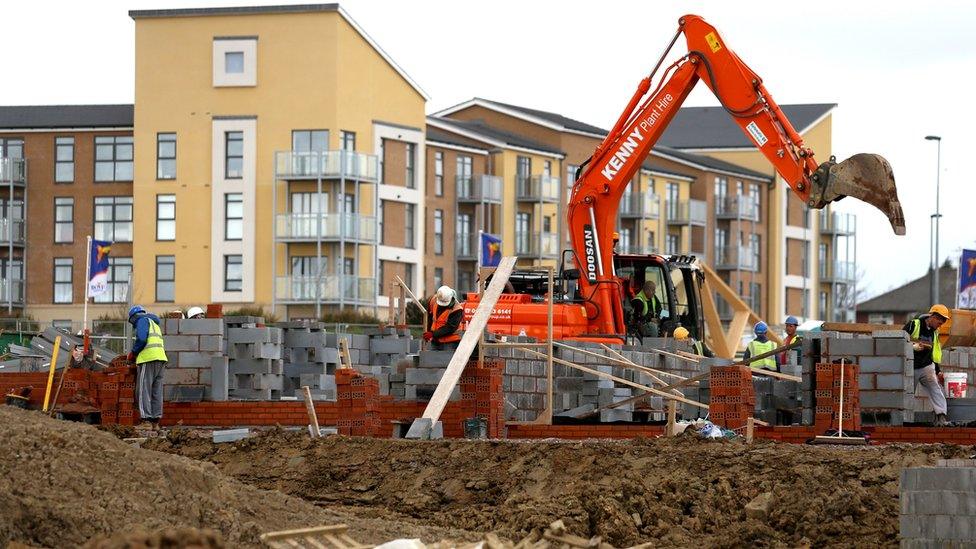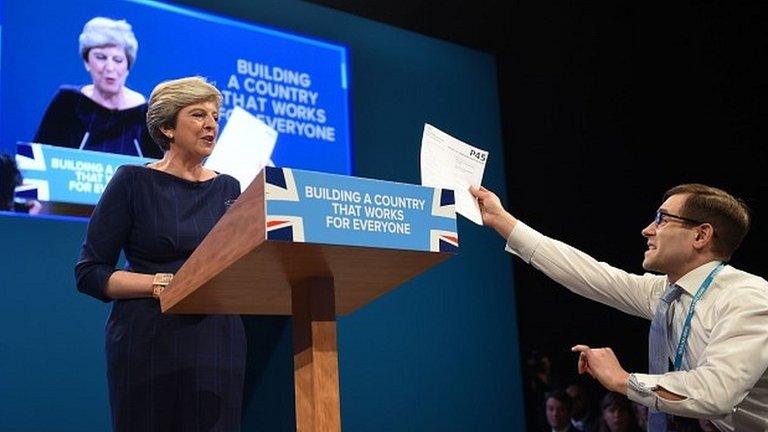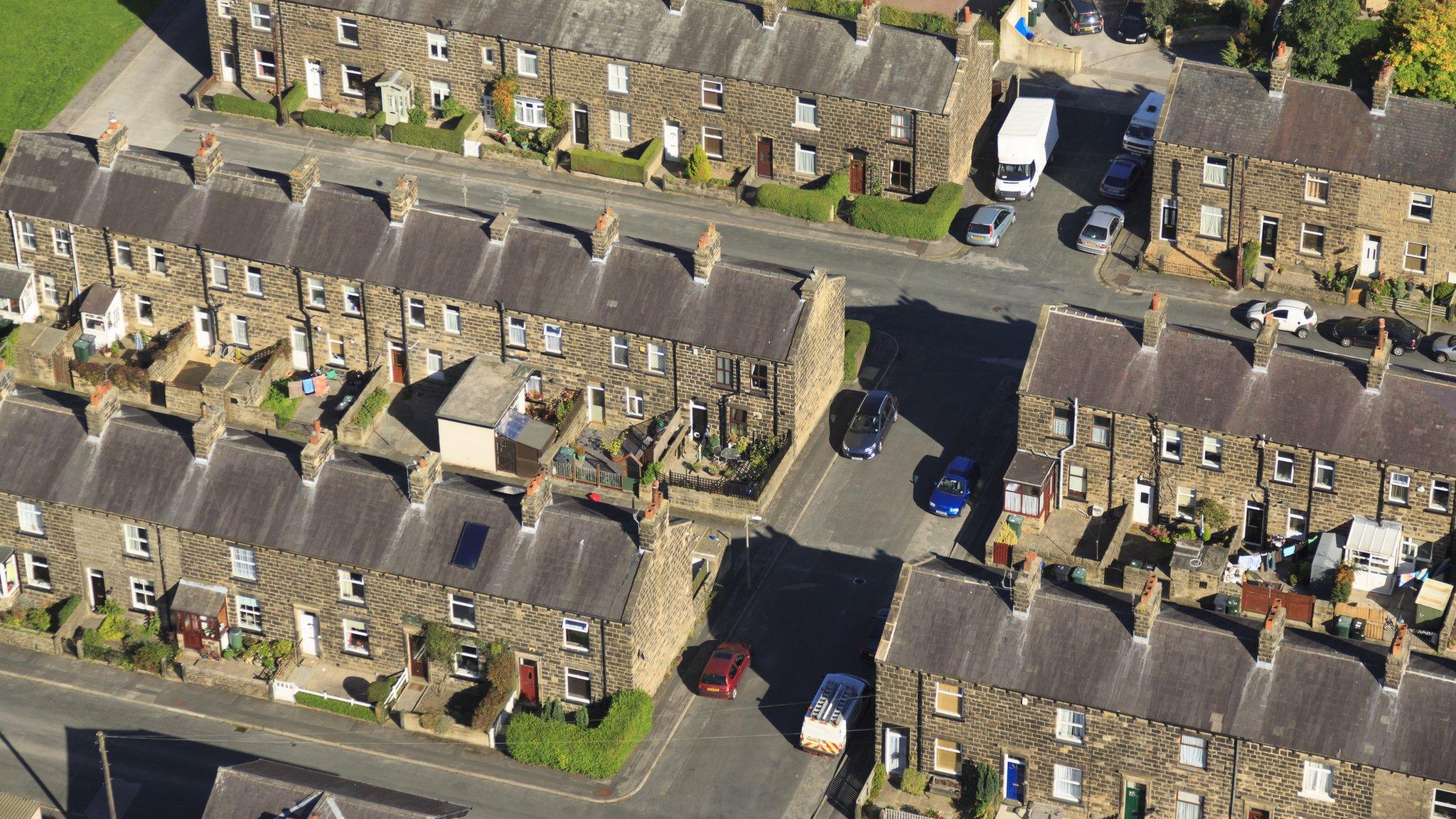Theresa May speech: What's the problem with affordable housing?
- Published

The prime minister has promised to invest an additional £2bn in affordable housing.
The Conservative Party says that will fund the building of an additional 25,000 new homes for social rent, expected to be mainly council housing, over two years from 2019. Let's put that into perspective.
In 2010-11, 39,570 additional homes were made available for social rent in England, either through being built or bought. In 2015-16 there were only 6,800 extra homes.
That's been concerning campaigners, because those on the lowest incomes are affected by the availability of houses for social rent.
This graph shows how the government's priorities have been shifting away from building homes for the cheapest social rents towards building those available for the more expensive "affordable" rents.
Wednesday's announcement signals a change in the policy of recent years and is expected to be targeted at areas such as London and the South East, where market rates are significantly higher.
What does the government mean when it talks about "affordable" housing? It includes social rent, affordable rent, affordable homes to buy and shared ownership.
Social rents are typically between 30% and 40% of market rents in a local area. They are set by national government guidance and increases have historically been linked to inflation. But government policy has meant they have actually been falling by 1% a year since 2016.
Affordable rents are defined as being about 80% of market rents and so can increase by a lot more than inflation, depending on the market
Affordable homes to buy are less easily defined, but mortgage payments should be above social rent levels and below market rate. This is a broad range
Shared ownership lets buyers pay a smaller deposit in order to own a share of a home. Rent is then paid on the remaining share of the property
The rapid fall in houses being built or acquired for social rent has meant the total number of extra homes categorised as "affordable" has been on a downward trend, from 61,090 in 2010-11 to 32,630 in 2015-16.
The spike in 2014-15 was the culmination of a four-year programme of house-building that saw a big rise in homes being completed. The rise was driven by a surge in homes for affordable rent being built.
In response to the prime minister's announcement, the Chartered Institute of Housing (CIH) said: "As we have been saying for some time, social rents, which are significantly cheaper than market rents, are the only truly affordable option for many people on lower incomes, so the recognition that we need more of these homes is a vital step forward."
According to the CIH, only 20% of the government's current housing budget goes on affordable homes.
The main focus of government policy has been on private housing schemes with the remaining budget being spent on projects such as the Help to Buy scheme.
Unlike in the private sector, both social and affordable rented properties are allocated on the basis of need.
Some affordable housing is built through government funding and some is built by private house builders as part of a planning agreement with councils.
In 2015, the Conservatives promised to build a million more homes of all types by 2020 - the equivalent of 200,000 per year - but they have fallen behind on this. There were 168,350 homes built in the year to March 2016.
In May this year, the Conservatives promised a "new generation" of council houses, a proportion of which would have to be sold privately after 10-15 years.
The tenants would be given the first opportunity to purchase their homes, under the Right to Buy scheme, and the proceeds would go towards building more social housing.



- Published4 October 2017

- Published14 September 2017
